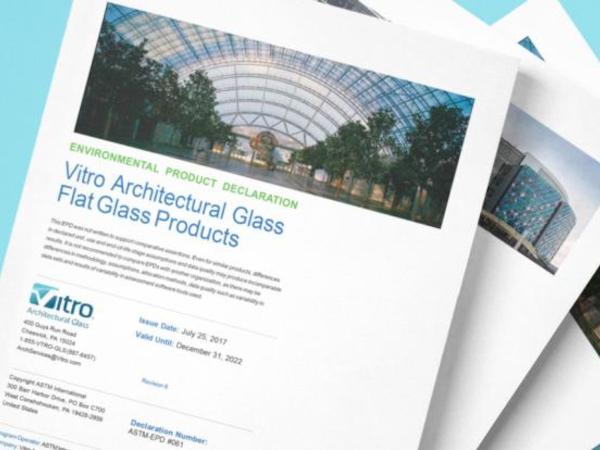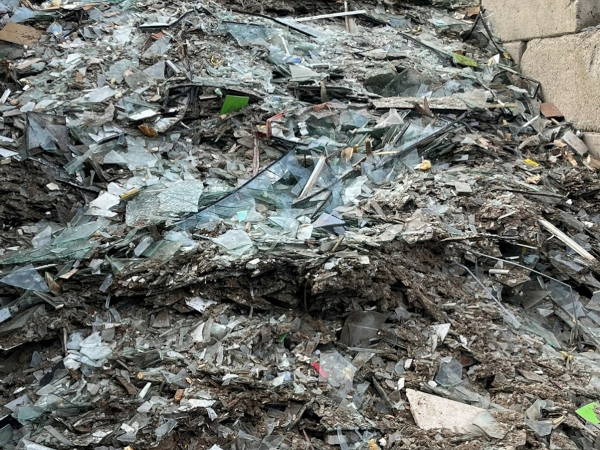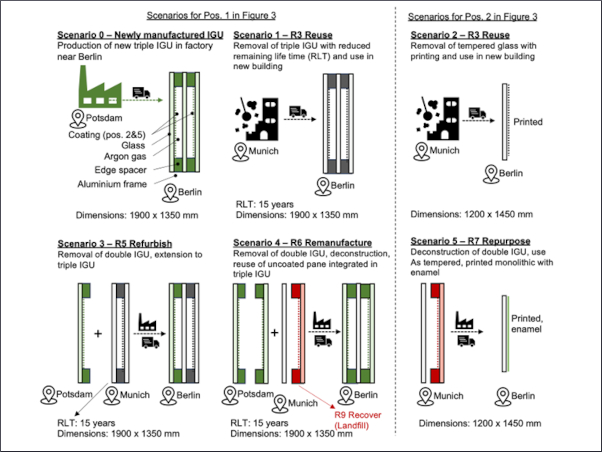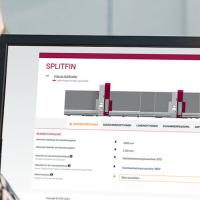With climate change top of mind, coast to coast legislation is obligating building owners and architects to take a hard look at their building designs. New York City’s Local Law 97 has placed carbon caps on large buildings and the Buy Clean California Act (BCCA) requires state agencies to consider the embodied carbon content of building materials used in public works projects.
Furthermore, interest in net-zero buildings, WELL building certification and other green rating systems continue to gain traction.
As architects research the products and systems most suited for these sustainability goals, Environmental Product Declarations (EPDs) are a very useful tool.
A detailed, third-party certified report of the energy use and emissions surrounding the manufacturing of a product—in addition to the packaging extraction, transportation and processing of related raw materials—architects regularly reference this rigorously produced data.
At the same time, the level of detail and highly technical nature of EPDs can be a little cumbersome.
Bottom Line
The most important metric published in an EPD is the product/product type’s Global Warming Potential (GWP). With increasing focus on embodied carbon, the GWP is what the industry uses to assess the extent to which the life of a product impacts the environment.
Getting a little more technical, the GWP is quantified as a kilogram carbon dioxide equivalent (kgCO2 eq.). Each material is evaluated based upon Product Category Rule (PCR) as determined by ASTM, on how to conduct a Life Cycle Assessment (LCA). This is then used to calculate the GWP.
It’s important to note that in the U.S., a product’s life cycle is from cradle to gate whereas in Europe, it’s cradle to grave.
If architects are interested in the breakdown of materials used to create the glass, this is listed in the EPD. For an insulating glass unit (IGU), for example, it’s important to note that the vast percentage of embodied carbon is in the glass itself, with a low percentage in the spacer materials. Consequently, the biggest environmental impact comes from the glass.
LCA Calculations
While most architects won’t necessarily delve into the details of the LCA data, it’s important to understand the declared unit for both flat and processed glass. For flat glass, it’s 1 metric ton of glass, maintained for a 30-year period, as specified by the Glass Association of North America (GANA) PCR for Flat Glass.
For processed glass, the declared unit is m2, as specified by the UL Environment PCR Guidance for Building-Related Products and Services: Part B: Processed Glass EPD Requirements.
Material Health
Health Product Declarations (HPDs) are another way manufacturers are providing transparency about the environmental impacts of their products and manufacturing processes. An HPD is a self-evaluation declaring that a manufacturer is not using hazardous materials in the manufacturing and production of their glass.
While Vitro does not have an HPD for their products, the company does provide a Material Health Certificate that is similar to an HPD in many aspects but has been third-party certified. This makes it a more rigorous and substantial evaluation of the material.
Cradle to Cradle Certified™
Another way manufacturers are distinguishing themselves is by achieving the Cradle to Cradle Certified™ Product Standard. This standard evaluates and certifies the formulation and production of products based upon Material Health, Material Reutilization, Renewable Energy & Carbon Management, Water Stewardship and Social Fairness.
EC3
As architects evaluate product choices based on EPD data, a useful comparison tool is EC3. Offered by Building Transparency, EC3 is a freely available Embodied Carbon in Construction Calculator. It’s a database of EPDs with a building impact calculator to assist architects with design and material procurement.
Conclusion
Ultimately, architects and building owners are very interested in boosting sustainability and energy efficiency and driving down embodied carbon. One of the best ways to know exactly how much a given product will impact the environment is through the data in an EPD, specifically the GWP.
For more information on Vitro Architectural Product’s EPDs, see: The FYI on EPDs: Why Environmental Product Declarations Matter. To download Vitro’s Uncoated Glass and Process Glass EPDs, click here.
















